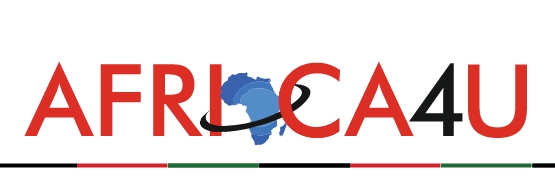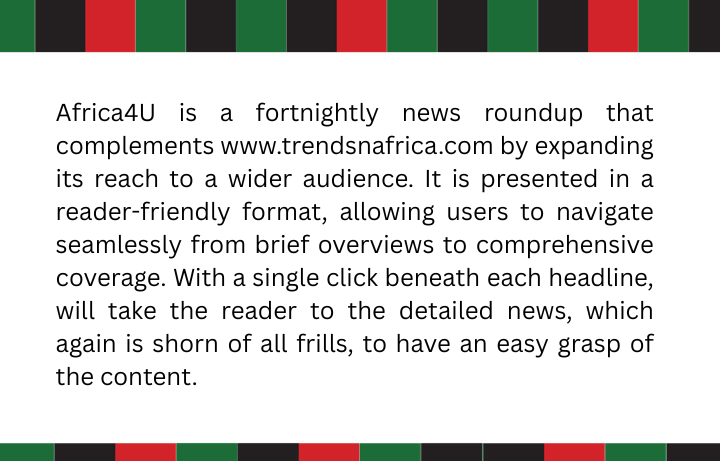(4 Minutes Read)
Namibia required an additional investment of USD 33 billion over the next 10 years to satisfy the growing demand. This does not include the even greater and equally pressing need to develop proper hygienic sanitation facilities for all.
Namibia required an additional investment of USD 33 billion over the next 10 years to satisfy the growing demand. This does not include the even greater and equally pressing need to develop proper hygienic sanitation facilities for all, says the Minister of Agriculture, Water and Land Reform, Calle Schlettwein. He delivered these remarks at the 9th 2024 Africa Water Week and the launch of the Africa Water Investment Platform for Continental Africa Water Investment Programme (AIP).
This comes as the capital requirements for Namibia, an economy of about 3 million people, to ensure secure bulk water supply up to the year 2037 country-wide stands at just above USD 1.3 million, with operational costs to increase at least at inflationary rates, say 5-6%, said Schlettwein. He noted that beyond financial resources, Namibia’s water security is tied to the availability of human capacity to develop and maintain infrastructure, emphasising the holistic challenges the country faces in water management. A secure water supply is not only dependent on good water quality and water availability, but equally on the financial and human capacities to develop, operate, and maintain the required infrastructure to bring clean water to all consumers, Schlettwein said.
The Minister noted that the challenges Namibia faces mirror broader global trends, as the world grapples with extreme weather events and mounting water demands. On an average over the past 50 years disasters related to weather, climate, or water hazard have occurred daily, with roughly 120 fatalities and with an estimated cost of more than USD 200 million in losses daily at the global level. For Africa, the situation is particularly dire, with an annual investment gap of approximately USD 30 billion required to achieve water security and ensure access to sanitation services. These figures were highlighted in a report released by the African Union’s International High-Level Panel on Water Investments for Africa during the 2023 UN Water Conference. The report underscored the need for a radical shift in Africa’s approach to water investments, proposing an additional US$30 billion annually by 2030 to bridge the gap. A new Africa Water Investment Action Plan was launched during COP28 in the United Arab Emirates, further reinforcing Africa’s commitment to mobilising the necessary funding.
This plan focuses on climate-proofing water and sanitation projects, with several projects linking water resource development to flood protection. Of the 53 projects submitted to the African Union by 19 member states, most are still in their early stages of preparation, with financing being a significant challenge.
Read Also:
https://trendsnafrica.com/namibian-capital-tightens-up-its-water-use-standards/
Project finance was identified as a major bottleneck in 32 out of the 53 projects, with other barriers including a lack of public budgets, low capacity to lobby for funds, and political unwillingness to mobilise the necessary financing. The Minister said many proposals still rely on traditional grant and loan funding, which may exacerbate debt levels in African economies. He urged the adoption of new approaches to water use, such as reclamation, desalination, and circular water models, which are rarely seen in existing project proposals.





